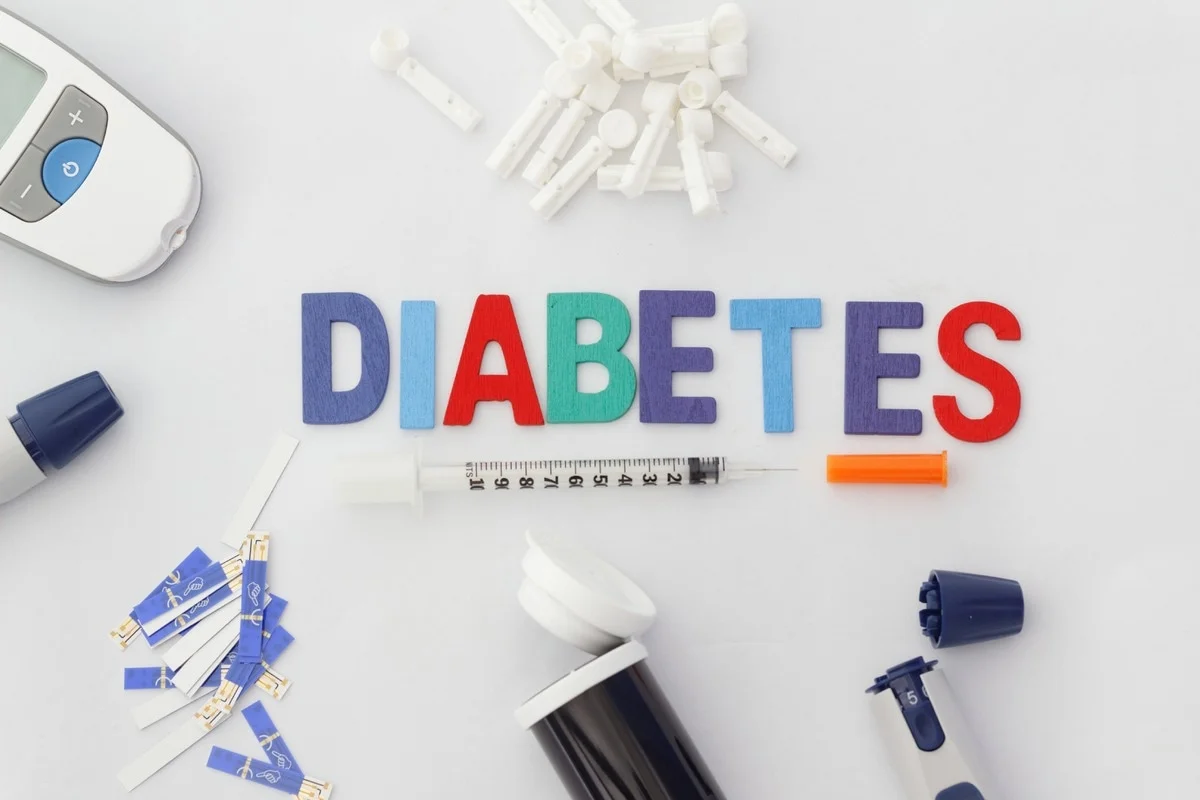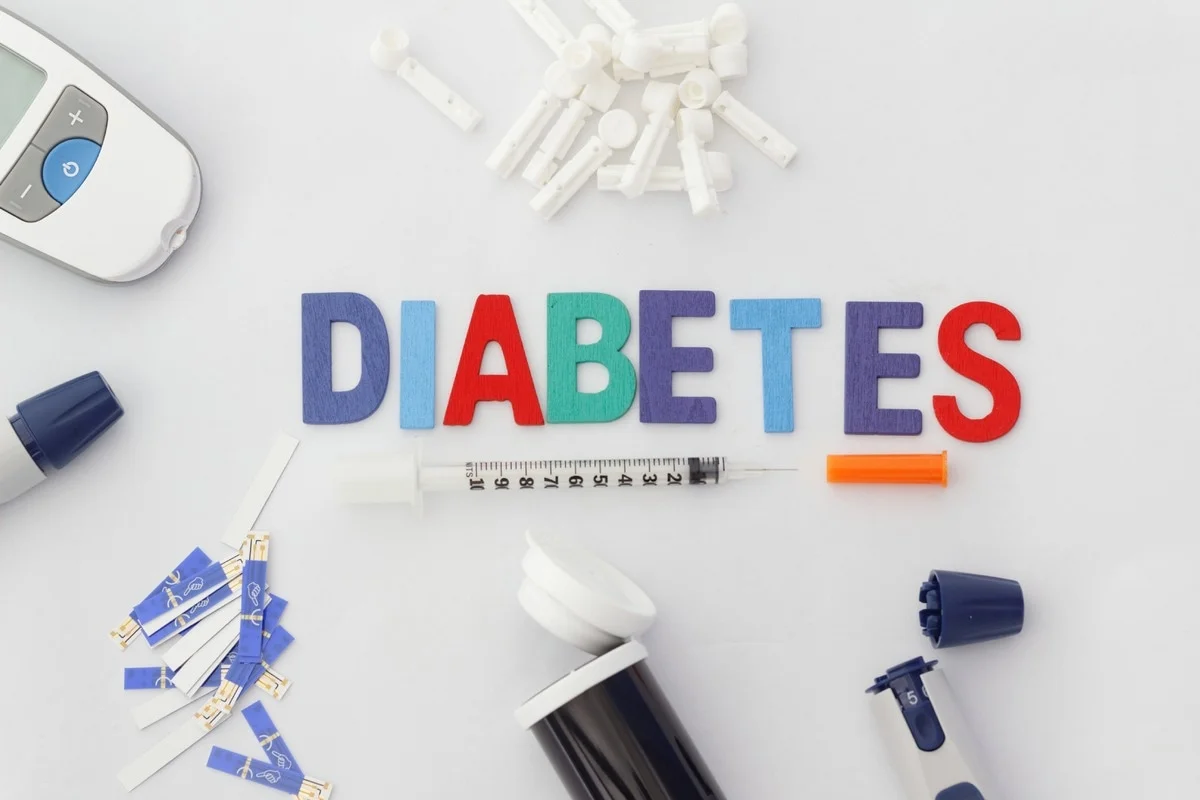
The body uses glucose as a major source of energy. It is mostly derived from dietary carbohydrates that are converted to glucose for use by the body’s different cells. The liver can produce glucose from its glycogen reserves as well.
A spike in blood sugar following a meal causes the pancreatic beta cells to release the hormone insulin in a healthy individual. Cells are then stimulated by insulin to absorb glucose from the circulation. When blood glucose levels decrease, as they do during exercise, insulin levels likewise decrease.
In addition to encouraging the body’s cells to absorb glucose from the blood, insulin also causes the following:
When a person develops type 2 diabetes, their body either generates insufficient amounts of insulin to satisfy their needs or insulin resistance has set established. Insulin resistance occurs when the body’s cells, including the muscle, liver, and fat cells, do not react to high doses of insulin. Triglycerides are instead broken down in fat cells to create free fatty acids for energy, leaving muscle cells without a source of fuel and liver cells unable to store glycogen.
Moreover, the overall amount of blood glucose rises as a result of this. Much less glucose is available for release when it could be needed due to significantly decreased glycogen storage. Insulin resistance is assumed to be primarily brought on by obesity and inactivity.






